I’ve always been of the opinion that the main thing that makes a setting interesting and compelling is a distinctive style. You can have wonderful top notch stories set in the most generic settings with all the default elements, but in those cases it’s the plot and characters that are compelling, not the setting. It works, of course, but when your goal is to make a setting that is a fascinating and exciting place, then you really have to think about a distinct style. Planescape, Dark Sun, and Star Wars all being great examples.
I’ve been playing around with different campaigns and settings for years now, and over time I discovered a couple of stylistic elements that keep coming up again and again, and that just really work for me. With this new setting, I want to build them into the fabric of the world not just accidentally, but deliberately.
Towers
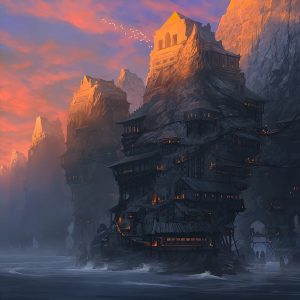 I don’t really remember where the idea originally came from, but several years back I had made the decision that in my fantasy, I want environments to be awesome. This means things that are huge, but in the modern world we are used to cities that stretch to the horizon and buildings with hundreds of rooms. But what still impresses us ars things that are really tall. And here I admit taking an idea directly from Tolkien. That guy put massive towers everywhere in Middle-Earth. Because giant towers are awesome. Why make a dungeon underground when you can have it in a tower?
I don’t really remember where the idea originally came from, but several years back I had made the decision that in my fantasy, I want environments to be awesome. This means things that are huge, but in the modern world we are used to cities that stretch to the horizon and buildings with hundreds of rooms. But what still impresses us ars things that are really tall. And here I admit taking an idea directly from Tolkien. That guy put massive towers everywhere in Middle-Earth. Because giant towers are awesome. Why make a dungeon underground when you can have it in a tower?
Another thing that is thin and tall, and can get incredibly big, are trees. And this world is primarily a forest setting with just a bit of forest and the sea. I think associating towers with the tree motif is perfect for the setting.
Really not much deeper thoughts to that. I like steep spires, and I can not lie.
Masks
The idea of making masks a prominent stylistic feature of the setting wasn’t so much a decision but really a discovery. I get easily distracted by whatever cool things capture my intention and want to include them in what I am working on, but that only dilutes the strong initial premise and leads to a generic mush of random components. To counter that impulse, I regularly go back browsing through my image folder to remind me of the cool initial concept I had. I’ve shared a couple of them in previous posts about the setting to get my idea across. And at some point, a few weeks ago, I realized that of all the pictures of characters that represent the visual style of gear and clothing, a good majority of them were wearing mask, or some kind of heavy warpaint. And I quickly decided to take this purely visial element that I just thought looks cool, and turn it into an actual major component of the culture of the setting.
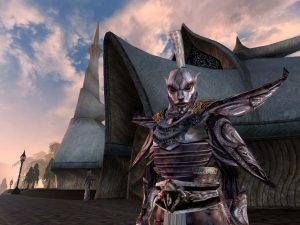 Masks are fascinating objects. The first thing that comes to my mind when I think simply of “mask”, is something that obscures the face. But specific masks also replace the wearer’s appearance with an alternative face. And in addition to that, many types of masks also serve to protect the face. They represent a barrier between the self and the outside world more than any other kind of armor does. In an antiquity, and to some extend medieval cultures, we encounter masks both with priests and shamans as part of rituals to contact the gods, and also with warriors as part of the helmet, the most critical piece of armor after the shield, often displaying a fearsome appearance to the enemy. I think everyone will immediately agree that masks are extremely complex cultural objects with deep and layered psychological meaning when you start thinking about them.
Masks are fascinating objects. The first thing that comes to my mind when I think simply of “mask”, is something that obscures the face. But specific masks also replace the wearer’s appearance with an alternative face. And in addition to that, many types of masks also serve to protect the face. They represent a barrier between the self and the outside world more than any other kind of armor does. In an antiquity, and to some extend medieval cultures, we encounter masks both with priests and shamans as part of rituals to contact the gods, and also with warriors as part of the helmet, the most critical piece of armor after the shield, often displaying a fearsome appearance to the enemy. I think everyone will immediately agree that masks are extremely complex cultural objects with deep and layered psychological meaning when you start thinking about them.
One idea that I got quite early on was that priests and shamans are wearing masks because the spirits they are dealing with have extreme difficulties with distinguishing and recognizing mortal faces. A problem they don’t have with crafted masks. When dealing with spirits, a mask enables the spirit to recognize the shaman as an individual. This has to very interesting consequences. The first is that by switching between masks, one becomes completely unrecognizable to spirits. The other is that stealing someone elses masks is an absolutely foolproof disguise as spirits are concerned. I think this has great potential for very interesting things to happen in a game.
Annother idea for the setting is that in certain very specific situations, while wearing a specific type of special mask, you are allowed to get around certain social restrictions. Because by wearing the mask and putting on a different face, you are assuming a new identity. And it is enforced by cultural tradition that your actions can not be held against you once the mask is taken off. As society is concerned, you did nothing objectionable and it’s a grave social offense to not respect these ancient cultural traditions. I have not put much thought into specific social tabus for the setting, but as society is concerned, the wearing of certain masks in the right circumstances makes you a different individual.
And finally there’s of course the many fun things you can do with enchanted masks. Masks that do hide your identity with unfailing reliability. Masks that shield your mind from intrusions or protect against other harmful effects. And they make of course great identifying features for special NPCs, or iconic helmets for elite soldiers.
Lamps
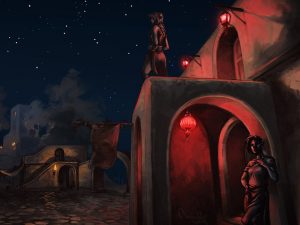 Once I had noticed that I really love the look of masks on character images, I went back to see if there are other common motives in the reference pictures I had collected. And a less striking but still noticable pattern was the frequent appearance of unusually colored lamps. The use of striking lighting in visual arts has long fascinated made. Primarily in natural environments, but also the highly stylized urban environments of Cyberpunk and Neo-Noir in general. Over the last years I have frequently been thinking how neo-noir aesthetics and sensibilities could possibly be integrated into bronze age fantasy settings. But the neon lighting was something I had always dismissed as being obviously incompatible. But there is actually one important exception, which is the fantastic visual design of Morrowind. I’m not really a fan of The Elder Scrolls as games, but the worldbuilding and design of Morrowind is hands down the most amazing I have ever seen since Star Wars. And part of the visual design of Morrowind is the heavy use of colored lamps and luminescent mushrooms. And the result is neon lighting. I knew I had to have that in the setting!
Once I had noticed that I really love the look of masks on character images, I went back to see if there are other common motives in the reference pictures I had collected. And a less striking but still noticable pattern was the frequent appearance of unusually colored lamps. The use of striking lighting in visual arts has long fascinated made. Primarily in natural environments, but also the highly stylized urban environments of Cyberpunk and Neo-Noir in general. Over the last years I have frequently been thinking how neo-noir aesthetics and sensibilities could possibly be integrated into bronze age fantasy settings. But the neon lighting was something I had always dismissed as being obviously incompatible. But there is actually one important exception, which is the fantastic visual design of Morrowind. I’m not really a fan of The Elder Scrolls as games, but the worldbuilding and design of Morrowind is hands down the most amazing I have ever seen since Star Wars. And part of the visual design of Morrowind is the heavy use of colored lamps and luminescent mushrooms. And the result is neon lighting. I knew I had to have that in the setting!
The first time I encountered a magic lamp in fantasy was in Baldur’s Gate II, where you first have to find the magic lamp that shows you the secret path to reach the hidden elf city. In the game it was just a key item that lets you click on a new area transition, but I still found the idea fascinating and was always disapointed that I never found any other cool lamps in games or RPG books. But there’s actually a lot you can do with magic lamps once you free yourself from the d20 paradigm of magic items giving you special attacks or stat bonuses.
What I find particularly interesting about lamps is how they are a natural counterpart to masks. Masks hides faces from sight, while a lamp reveals things that are unseen. This realization was what really made me want to build certain iconic elements into the structure of the setting.
The obvious uses for special lamps is to reveal invisible supernatural things to the normal eye. Lamps that make spirits visible, reveal undead creatures, and dispel illusions. But as in the example I gave above, lamps can also be used to show the way to different certain things. A lamp can attract certain beings to it, but its light might also keep various creatures at bay. And though it dilutes the contrast with masks, lamps could also be used as a means to fool the eye and hide certain things in their glare or the shadows they cast.
Fungi
One of the various thing that made the world of Morrowind so amazing and exotic to me was the use of giant mushrooms that are growing side by sides with trees that are about the same size. That imagery has always stuck with me for all the years, and it’s something I often thought of as one part in making a wilderness setting feel exotic and alien.
The last two years I’ve been training as a gardener (soon to upgrade to studying horticulture at university), and fungi are a thing we constantly have to deal with. They are perhaps the most important type of pests plants have to deal with, but fungi are also an extremely critical component of the biosphere within the soil. Mushrooms are well enough known as a vegetable, but on a closer look, fungi are an utterly bizare form of life, completely different from plants or animals.
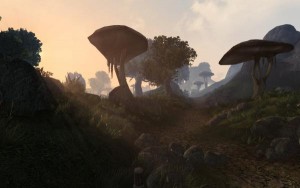 Unlike plants, fungi don’t use photosynthesis. Instead they get their energy to grow frm, the chemical energy released in the breaking down of organic compounds. They digest the remains from other living things just like animals do, which allows them to live in darkness, subsisting on organic material brought in by animals or wind and running water.
Unlike plants, fungi don’t use photosynthesis. Instead they get their energy to grow frm, the chemical energy released in the breaking down of organic compounds. They digest the remains from other living things just like animals do, which allows them to live in darkness, subsisting on organic material brought in by animals or wind and running water.
But what’s really bizare about them is that the mushrooms that grow from the ground on on trees are really just the flowers of much larger organisms that live in the soil or wood as huge networks of microscopic strands, often too fine to see with the eye. And the underground networks of fungi can be absolutely massive, covering many hectares of forest.
Then you also have the fact that many fungi are toxic to humans, some even deadly. In a fantasy world, the spores and secretions released by fungi could have almost limitless strange effects.
I actually can not remember ever having seen depictions or descriptions of real glowing mushrooms. But in popular perception they do exist, and I think are well enough established in fantasy. And exotic but believable light sources are something I can never have enough of. Bioluminescens is the perfect solution to get a nonmagical underwater light source for flooded caves and dungeons, though I am not going to tell this to my players.
Overall, I think there is massive potential to use fungi as both monsters and environmental effects.
Worms
This is another thing I noticed only after it had already become a pattern, though this one goes back a couple of years. But at some point I realized that the majority of monsters I have created in the past are some kinds of worms, both directly and in the most abstract sense.
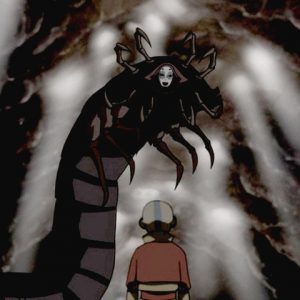 As a fan of Robert Howard, I of course love big giant snakes. What for Lovecraft was his fish and for Tolkien is spiders, was for Howard his snakes. It’s impossible to imagine ancient fantasy or Sword & Sorcery without giant snakes. Snake men are also super cool. But then there’s also giant centipedes. And giant eels. Giant grubs and caterpilars, And on the mammal side, I think the coolest group of predators are weasels. Which also have a generally similar body shape. And then there are various river monsters around the world that occasionally have been interpreted by artists as giant monstrous otters. And damn, I do love carrion crawlers.
As a fan of Robert Howard, I of course love big giant snakes. What for Lovecraft was his fish and for Tolkien is spiders, was for Howard his snakes. It’s impossible to imagine ancient fantasy or Sword & Sorcery without giant snakes. Snake men are also super cool. But then there’s also giant centipedes. And giant eels. Giant grubs and caterpilars, And on the mammal side, I think the coolest group of predators are weasels. Which also have a generally similar body shape. And then there are various river monsters around the world that occasionally have been interpreted by artists as giant monstrous otters. And damn, I do love carrion crawlers.
So if half of all the monsters I come up with are various forms of worms, so what? It’s not something you have to fight, so why not embrace it? I can always live happily with more wormy critters crawling through the setting.

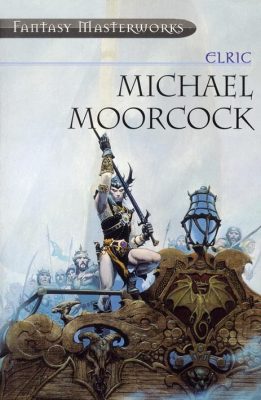
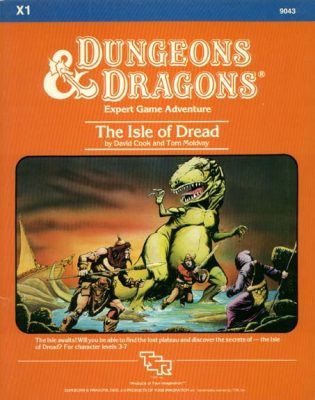
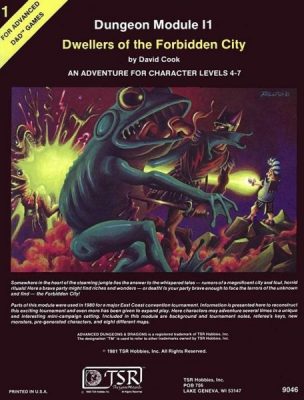
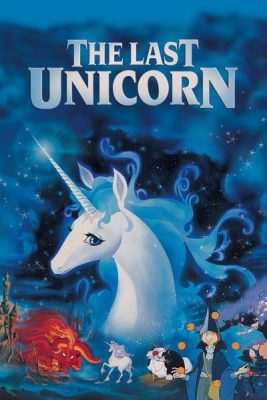
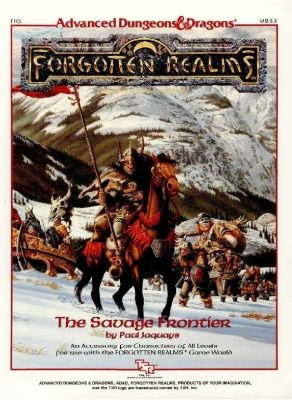
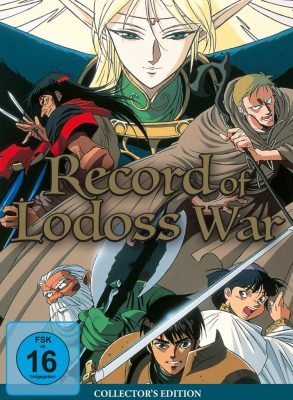

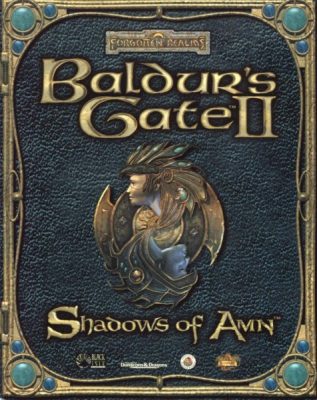
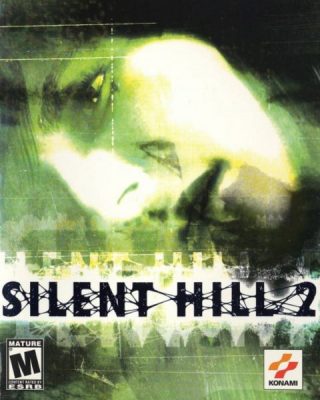
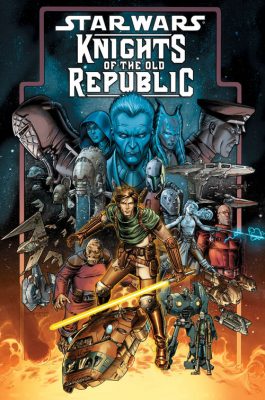

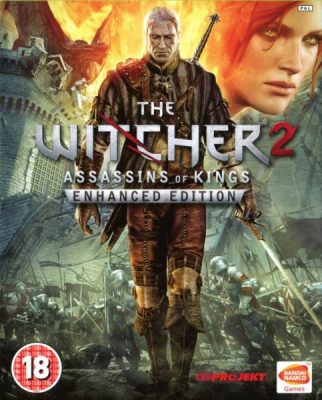 It’s always a good idea to step back and consider what you’ve been doing all the time was really the way to go. I had started with Green Sun with the intention to fully leave behind all the Dark Fantasy and Weird Horror stuff and try to make a pure Bronze Age Dinosaur World setting that I had envisoned several times in the past, that also absolutely isn’t D&D in any way, shape, or form. But three months into this, I find myself noticing that I am really missing some great influences that greatly impacted me in the past and my perception of what makes meaningful stories and fantastic worlds. I simply can’t go on trying to keep out any influences from Dark Souls and The Witcher 2, and there’s actually lots of great stylistic elements in Baldur’s Gate II, even though it’s very much an urban setting.
It’s always a good idea to step back and consider what you’ve been doing all the time was really the way to go. I had started with Green Sun with the intention to fully leave behind all the Dark Fantasy and Weird Horror stuff and try to make a pure Bronze Age Dinosaur World setting that I had envisoned several times in the past, that also absolutely isn’t D&D in any way, shape, or form. But three months into this, I find myself noticing that I am really missing some great influences that greatly impacted me in the past and my perception of what makes meaningful stories and fantastic worlds. I simply can’t go on trying to keep out any influences from Dark Souls and The Witcher 2, and there’s actually lots of great stylistic elements in Baldur’s Gate II, even though it’s very much an urban setting.